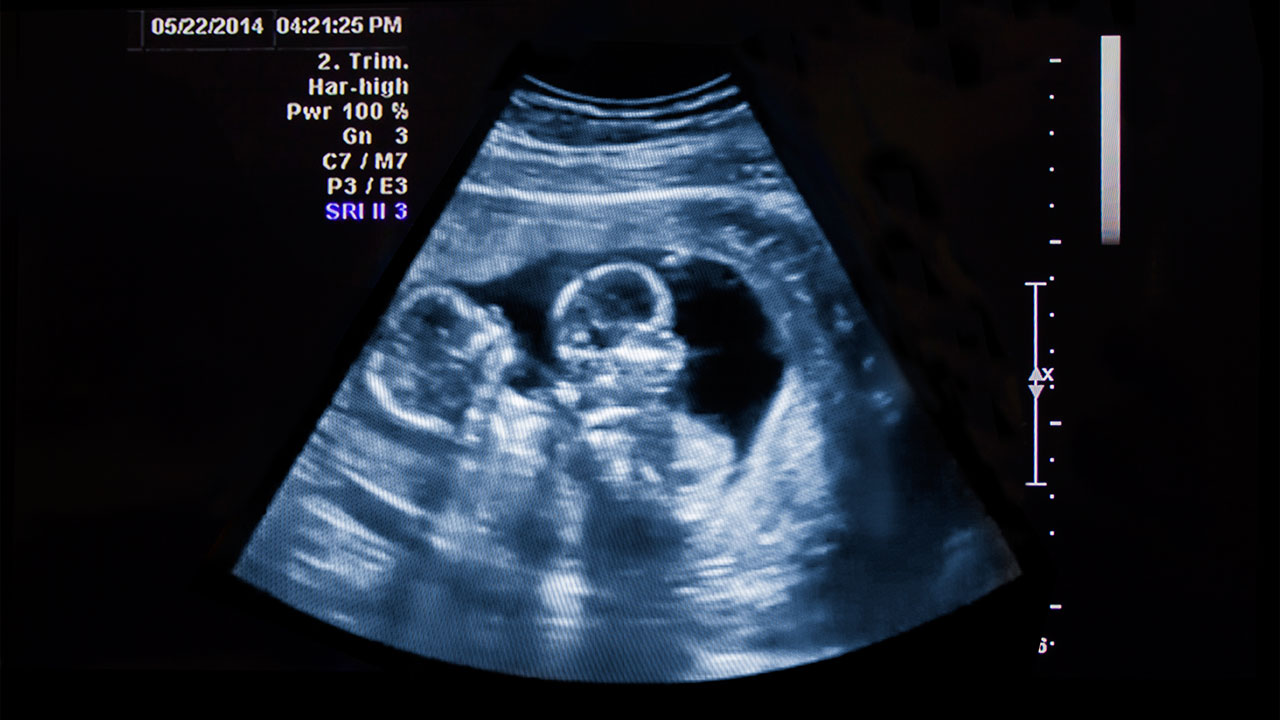
Twins Pregnancy Ultrasound Pictures: A Comprehensive Guide
Introduction
The arrival of twins is a joyous occasion, and the journey begins with the first glimpse of these precious lives through ultrasound pictures. These images provide invaluable insights into the development and well-being of the twins, allowing expectant parents to connect with their little ones even before they are born. This comprehensive guide will delve into the world of twins pregnancy ultrasound pictures, exploring their significance, types, and interpretation.
Significance of Ultrasound Pictures in Twins Pregnancy
Ultrasound examinations play a crucial role in monitoring the health and progress of twins throughout the pregnancy. These images:
- Confirm the presence of twins: Ultrasound is the definitive method to diagnose a twin pregnancy.
- Determine the type of twin pregnancy: It can distinguish between identical (monozygotic) and fraternal (dizygotic) twins.
- Assess fetal growth and development: Regular ultrasounds track the growth of each twin, ensuring they are developing at a healthy rate.
- Detect potential complications: Ultrasound can identify abnormalities, such as twin-to-twin transfusion syndrome (TTTS) or growth restriction, allowing for timely intervention.
- Plan for delivery: Ultrasound helps determine the optimal delivery method (vaginal or cesarean) based on the twins’ position and presentation.
Types of Ultrasound Pictures in Twins Pregnancy
There are several types of ultrasound images used in twins pregnancy:
- Transvaginal Ultrasound: This early ultrasound (performed through the vagina) provides clear images of the developing twins and can detect a twin pregnancy as early as 5-6 weeks.
- Transabdominal Ultrasound: This ultrasound is performed through the abdomen and is typically used later in pregnancy to monitor fetal growth and development.
- 3D Ultrasound: This advanced ultrasound technology creates three-dimensional images of the twins, offering a more detailed view of their anatomy.
- 4D Ultrasound: This real-time ultrasound captures moving images of the twins, allowing parents to witness their movements and facial expressions.
Interpretation of Ultrasound Pictures
Interpreting ultrasound pictures of twins requires specialized training and expertise. Here are some key factors that sonographers consider:
- Number of fetuses: The number of gestational sacs and fetuses is counted.
- Amniotic sacs: The presence of one or two amniotic sacs indicates the type of twin pregnancy (identical or fraternal).
- Placental location: The location and type of placenta (single or shared) can influence fetal growth and development.
- Fetal anatomy: Each twin’s head, body, limbs, and organs are examined for any abnormalities.
- Fetal heart rate: The heart rate of each twin is monitored to assess their well-being.
Common Ultrasound Findings in Twins Pregnancy
Certain ultrasound findings are common in twins pregnancy, including:
- Twin Reversed Arterial Perfusion (TRAP) Sequence: A rare but serious condition where one twin’s blood flow is reversed, leading to growth restriction.
- Twin-to-Twin Transfusion Syndrome (TTTS): A condition where blood flows from one twin to the other, resulting in growth imbalances.
- Monoamniotic Twins: Identical twins who share a single amniotic sac, increasing the risk of complications.
- Conjoined Twins: A rare occurrence where twins are physically connected.
Understanding the Risks of Ultrasound
Ultrasound examinations are generally considered safe for both the mother and the twins. However, there is a small risk of:
- Fetal heating: Prolonged or excessive ultrasound exposure can slightly raise the temperature of the amniotic fluid.
- Acoustic cavitation: The ultrasound waves can create tiny bubbles in the amniotic fluid, which may be associated with developmental effects.
Frequency of Ultrasound Examinations
The frequency of ultrasound examinations in twins pregnancy varies depending on the individual circumstances. Generally, ultrasounds are recommended:
- First trimester: To confirm the pregnancy and determine the type of twin pregnancy.
- Second trimester: To monitor fetal growth and development, and screen for potential complications.
- Third trimester: To assess fetal position and presentation, and plan for delivery.
Conclusion
Twins pregnancy ultrasound pictures provide invaluable insights into the health and well-being of the developing twins. These images allow expectant parents to connect with their little ones, monitor their progress, and prepare for their arrival. By understanding the significance, types, and interpretation of ultrasound pictures, parents can actively participate in their twins’ prenatal care and make informed decisions throughout the journey.